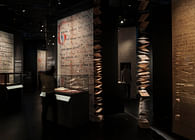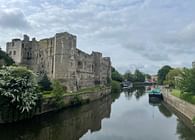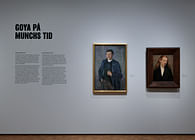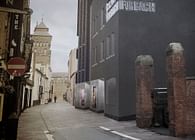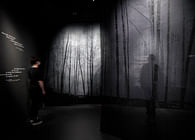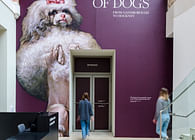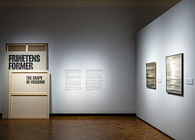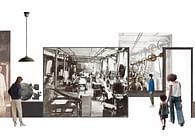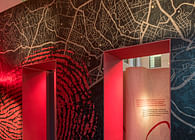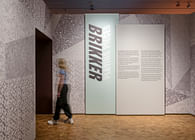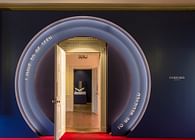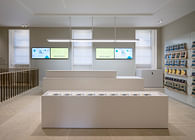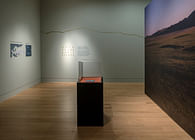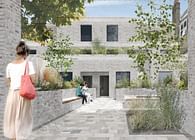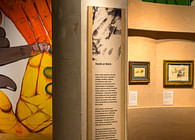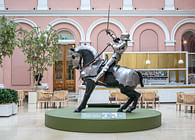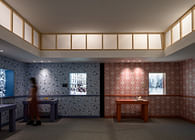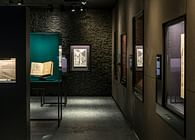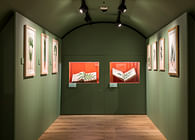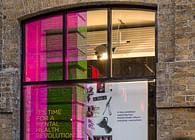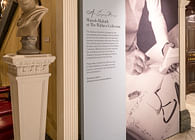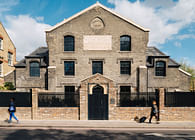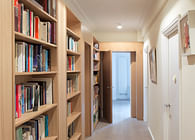
London, GB
Sutton Hoo, one of Europe’s most significant archaeological sites, has been shortlisted for a RIBA East Award after a five year redesign project by architects and exhibition designers Nissen Richards Studio. The redesign involved creating a carefully-choreographed journey through the landscape, including new thresholds, interpretive moments and major exhibition displays, as well as designing a radical new intervention in the form of a 17m-high viewing tower, allowing views over the burial site for the very first time.
About Sutton Hoo:
The Anglo-Saxon royal burial ground at Sutton Hoo site dates from around 590-650 AD and represents a particular moment in English history. The site is comprised of 17 burial mounds and the surrounding landscape, with the principal ‘Great Ship Burial’ mound dating from around 625 AD. Although a period where Christianity was beginning to make its mark, the burial site is very much a pagan manifestation. Located on a ‘hoo’ (meaning ‘hill’), with a valley to either side, it occupies a heightened spot on the River Deben in Suffolk. As for who was buried there, the National Trust comments, ‘We will never know for certain who was buried in the Great Ship Burial, but the leading theory is that it was King Rædwald of East Anglia, as someone important enough to have warranted such a burial and who died around this time. Rædwald was part of the ruling Wuffing dynasty who claimed descent from Woden; the Germanic god who sacrificed his left eye for knowledge.’
Scope of Works:
The full scope of works undertaken on the project by Nissen Richards Studio ranges from masterplanning, architecture, exhibition and hospitality design to interpretation, graphic design and bespoke display furniture. The scheme covers the entirety of the visitor journey from arrival to the burial site itself and back again, in the form of a looped route that includes exhibition design within both Tranmer House (the house that formed part of the original Edwardian shooting estate) and the main exhibition area, the High Hall, as well as a re-planned shop and café and a former storage building, converted into a new welcome area.
The scheme’s two new stand-out features are the viewing tower and also a 1:1 scale representation of the 27m-long ancient burial ship itself, whose fossil was discovered within the site’s main burial mound during the great archaeological dig of 1939, when the full extent of the site’s treasures was first revealed.
Status: Built
Location: Woodbridge, GB
Firm Role: Masterplanning, Architecture, Landscape Architecture, Exhibition Design, Interpretation, Graphic Design
Additional Credits: Consultants:
Project Manager / Cost Consultant AECOM
Structural & Civil Engineering Price & Myers
M&E Consultant OR Consulting
CDM ORSA Projects
Landscape Consultant Terra Firma Landscape Consultancy
Lighting design Arup
AV Hardware Sysco
AV Software Elbow Studios
Archaeological Consultant Museum of London Archaeology
in association with the National Trust
archaeological team led by Angus Wainwright
Main contractor Vinci Construction UK Ltd
Exhibition builder The Hub
Graphic production/installation Display Ways
Concrete supplier Grey Frame
Hall floor Lazenby
Steel work Shaun Hodgson Engineering





